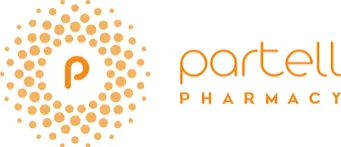Partell Pharmacy is Licensed in 49 States.
5835 South Eastern Ave, Ste 101, Las Vegas, NV 89119
Monday - Friday: 9:00 AM - 6:00PM | Saturday -Sunday: Closed | Tel: 702-791-3800 | Fax: 702-791-3630
EEOICPA (Department of Energy Workers)
Are you a member of the Energy Employee Occupational Illness Compensation Program (EEOICPA)? If so, we can help you get the individualized treatment you need shipped directly to you at no additional cost. No more waiting inline or trips to pharmacy. Learn More...
How It Works

Your order
is placed

Your order
is filled

Your order
is packaged

Your order
is shipped
From Our Pharmacy to Your Front Door
Now you can order and refill your prescriptions from the comfort of your home. Our friendly and talented staff will take your order, fill your prescriptions, securely package them, and then ship to them directly to your door. No more waiting in line or trips to the pharmacy. Learn More...
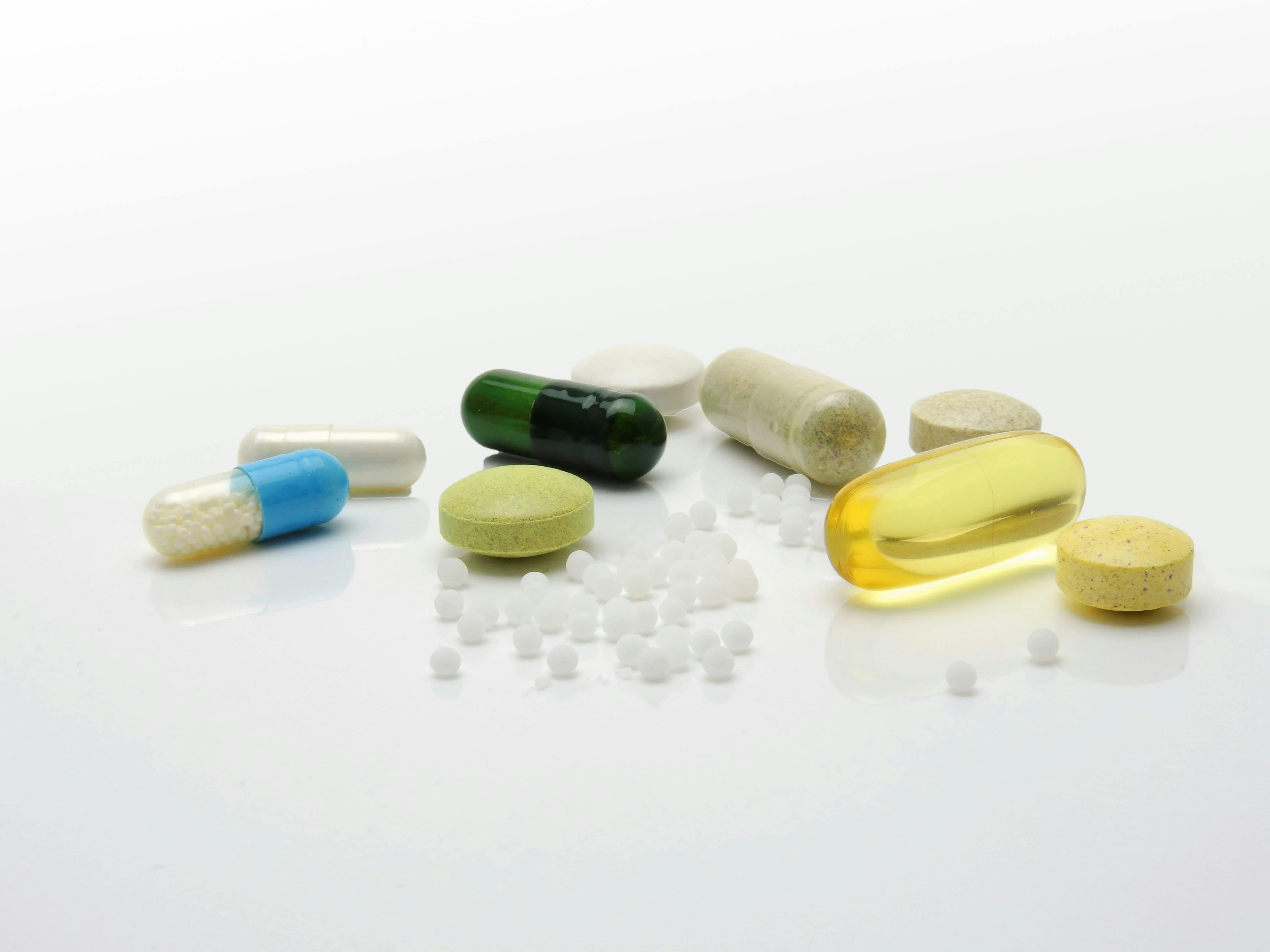
Covered Medications
As a preferred provider, we can fulfill your covered medications and have them delivered to your home at no cost.

Specialty Compounds
Our licensed pharmacists are skilled in the art of compounded medicines, and can educate and advise what is covered for your conditions. Learn More....
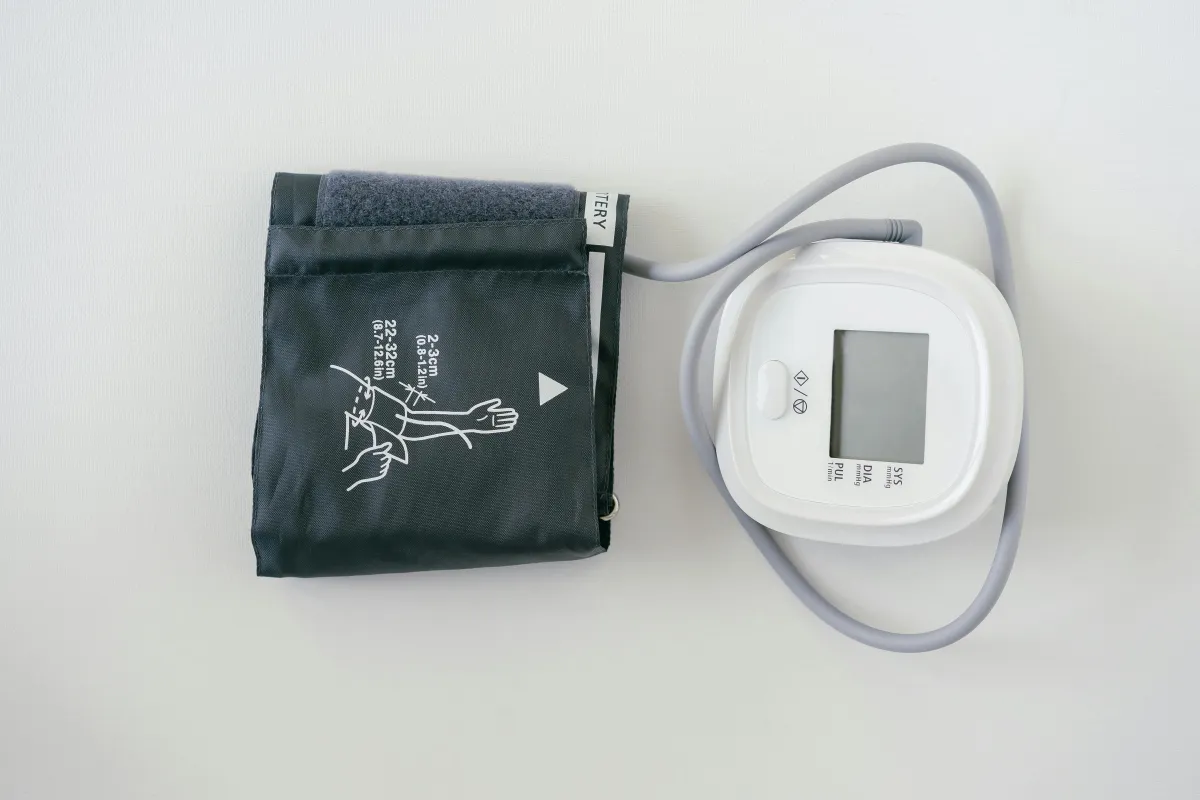
Medical Equipment
Improve the quality of your life with our selection of covered medical equipment.

We Are Licensed and Serving Patients in 49 States
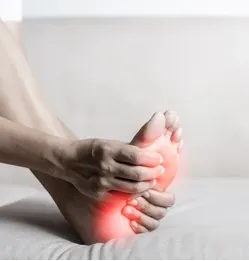
Diabetic/Neuropathic Foot Care
Prescriptions that treat your feet. From pain to wound care, we have solutions for your problems.

Incontinence Care
Have peace of mind that treatments and supplies are available for you.
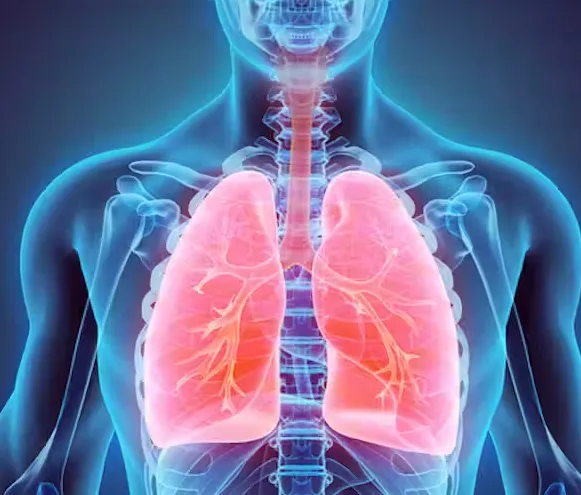
Respiratory Care
Treatment and repair options for pulmonary care. We have traditional and compound options to treat and prevent your symptoms.

Consultations
Consult with one of our trained specialists to help with your medical questions.
We Can Help You. Contact Us Today.
Privacy Policy | Terms of Use | Contact Us
5835 South Eastern Ave, Ste 101, Las Vegas, NV 89119
Monday - Friday: 9:00 AM - 6:00PM
Saturday -Sunday: Closed
Tel: 702-791-3800
Fax: 702-791-3630
Email Us @ [email protected]
